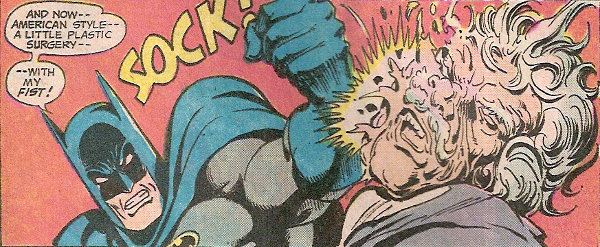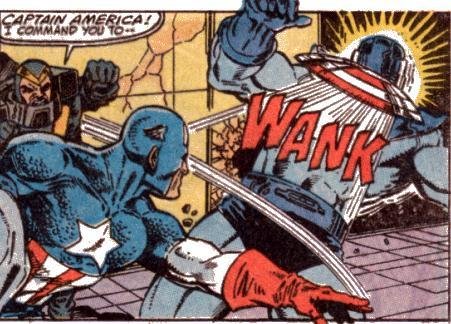So far, we've been using comics to presenting narratives, to tell stories: what happened to the Fat Cat Mat Lady, the meeting between the object and the character and what happened there. As we get closer to making our own comics stories to go into the anthology, I'd like to look at another approach. Let's expand our comics toolbox by looking at, and making, comics that tell space rather than story. That create an atmosphere. In this comics page, by Australian comics maker Anthony Woodward, he's showing us aspects of Comics Camp.
Gene Yuen Yang, from his great book 'American Born Chinese'.
Japanese manga artists are masters of these sort of panel layouts.
This one is (I think) from a manga called 'Cross Game' by Mitsuru Adachi.
The North American comics theorist Scott McCloud famously identified these sort of page layouts as 'aspect to aspect transitions' in his great 1993 book, 'Understanding Comics'. Here's his example:
So, something's happening here, this woman is cooking dinner, but this group of panels could be arranged in any order. The action isn't important. The scene-setting is.
So let's have a go at that.


























































